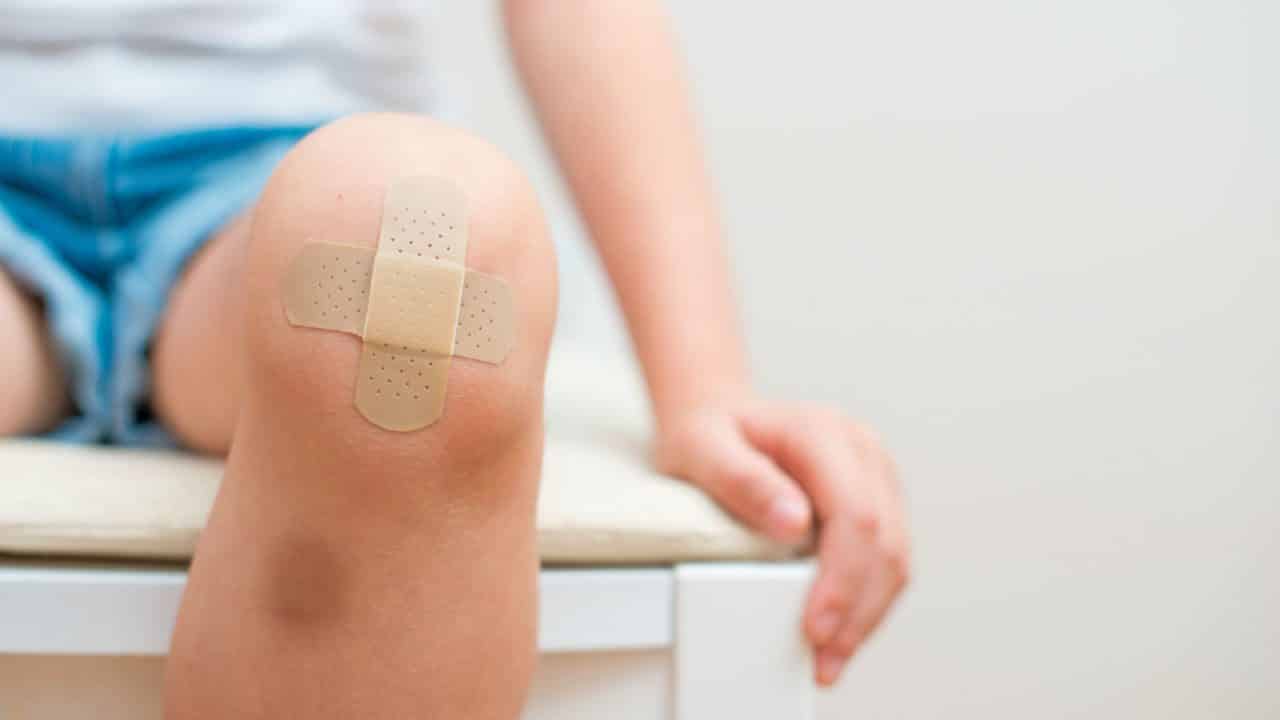Nanofiber Wound Dressings that Promote Regeneration
Wounds in the fetus can heal without scarring. Consequently, biomaterials that attempt to recapitulate the biophysical and biochemical properties of fetal skin have emerged as promising pro-regenerative strategies. Now, researchers at Harvard University and the Wyss Institute have come up with two new wound dressings that promote healing without relying on growth factors, cells, or even artificial scaffolds.
The team has produced a globular fibronectin using Rotary Jet-Spinning (RJS). Globular fibronectin is a protein found in blood that is common in foetal skin, and was found to aid in recovery in the 1970s. The RJS technique involves a solution containing globular fibronectin being pushed through a device as it spins, causing the solvent to evaporate and the polymers to solidify, producing globular fibronectin in fibres less than one micrometre in diameter, which can be collected into wound dressings or bandages.
“The dressing integrates into the wound and acts like an instructive scaffold, recruiting different stem cells that are relevant for regeneration and assisting in the healing process before being absorbed into the body,” said Christophe Chantre, first author of the paper and graduate student in the Disease Biophysics Group, which developed the RJS technique.

When tested in a wound mouse model, the application of fibronectin nanofiber dressings to wounds did two things; 1) they accelerated wound closure and 2) significantly improved tissue restoration. They not only helped the recovery of dermal and epidermal tissues but also helped recover adipose (fat) tissue.
The second dressing involves a soy-based nanofiber that has estrogen-like molecules and other bioactive molecules that help to generate and promote cellular growth. Estrogen has been noted as helping pregnant women heal wounds faster. The soy nanofiber is spun in the same machine that fibrous fibronectin was produced and it had similar results.
According to the researchers, both kind dressings have advantages in the wound-healing space. The soy-based nanofibres – consisting of cellulose acetate and soy protein hydrolysate – are inexpensive, making them a good option for large-scale usage, such as on burns. The fibronectin dressings could be used for smaller wounds where the prevention of scarring is important.
“Both the soy and fibronectin fibre technologies owe their success to keen observations in reproductive medicine,” said Kit Parker, Tarr family professor of bioengineering at SEAS and senior author of the research. “During a woman’s cycle, when her oestrogen levels go high, a cut will heal faster. If you do a surgery on a baby still in the womb, they have scar-less wound healing.”






























